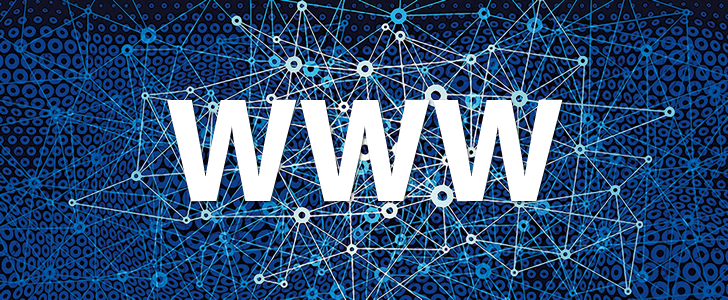
What is WWW? A Deep Dive into the World Wide Web
2024-12-26
What is WWW? A Deep Dive into the World Wide Web
WWW, short for World Wide Web, is one of the most recognized and widely used components of the internet today. However, many people do not fully understand what WWW is, how it works, and why it has become such an integral part of our lives. In this article, we’ll take an in-depth look at the fundamentals of the WWW, its history, and its functioning.
Definition of WWW
The World Wide Web is an information system used for sharing data over the internet. While often confused with the internet, the WWW is actually a subset of the internet. The internet is a massive network of interconnected computers, while the WWW is a method for accessing and sharing information on this network.
Key features of the WWW include:
1. Hypertext: Text that links to other text or resources.
2. HTTP (Hypertext Transfer Protocol): The protocol that facilitates communication between web browsers and web servers.
3. URL (Uniform Resource Locator): The address used to locate specific resources on the internet.
History of the WWW
The World Wide Web was invented in 1989 by Tim Berners-Lee. While working at CERN (the European Organization for Nuclear Research), Berners-Lee aimed to create a system that would make it easier for scientists to share information. This effort laid the foundation for what we now know as the WWW.
Major milestones in the development of the WWW include:
• 1989: Tim Berners-Lee proposes the idea of the World Wide Web.
• 1990: The first web browser, WorldWideWeb, is developed.
• 1991: The first website is launched by CERN.
• 1993: The first graphical web browser, Mosaic, is introduced, significantly boosting the popularity of the web.
• 1994: Berners-Lee establishes the World Wide Web Consortium (W3C) to standardize web technologies.
How Does the WWW Work?
The World Wide Web operates on a client-server model:
1. Client: The user’s device running a web browser, such as Chrome, Firefox, or Safari.
2. Server: The computer hosting the website content.
When you access a website, the following process occurs:
1. You type a URL into your web browser (e.g., www.example.com).
2. The browser sends a request to a DNS server to resolve the domain name into an IP address.
3. Once the IP address is obtained, the browser sends an HTTP request to the web server.
4. The server responds by sending the requested content back to the browser.
5. The browser renders and displays the content to the user.
The Importance of WWW Today
The World Wide Web plays a critical role in every aspect of modern society. Here are some of its most significant contributions:
1. Communication:
• Social media platforms enable billions of people to connect via the web.
• Email and messaging applications are also extensions of the web.
2. Education:
• Online courses, digital libraries, and educational resources are accessible to anyone with an internet connection.
• Platforms like Wikipedia democratize knowledge sharing.
3. Business and Commerce:
• E-commerce websites allow businesses to reach global audiences with ease.
• Remote work systems rely heavily on the web for seamless operations.
4. Entertainment:
• Platforms like YouTube and Netflix deliver endless hours of entertainment to users worldwide.
The Future of WWW
The World Wide Web is constantly evolving. Web 1.0 marked the era of static websites, while Web 2.0 introduced interactive content and the rise of social media. Today, Web 3.0, or the semantic web, aims to provide a more intelligent, connected, and user-centric web experience.
In the future, technologies such as artificial intelligence (AI), blockchain, and the Internet of Things (IoT) are expected to integrate more deeply with the web. This will lead to a more personalized, secure, and efficient online experience.
Conclusion
The World Wide Web is a groundbreaking technology that has profoundly transformed our lives. While we use it daily without a second thought, understanding the technology and history behind the WWW reveals the complexity and brilliance of this system. As we look forward to its future developments, one thing is certain: the World Wide Web will continue to shape how we connect, communicate, and interact in the digital age.
